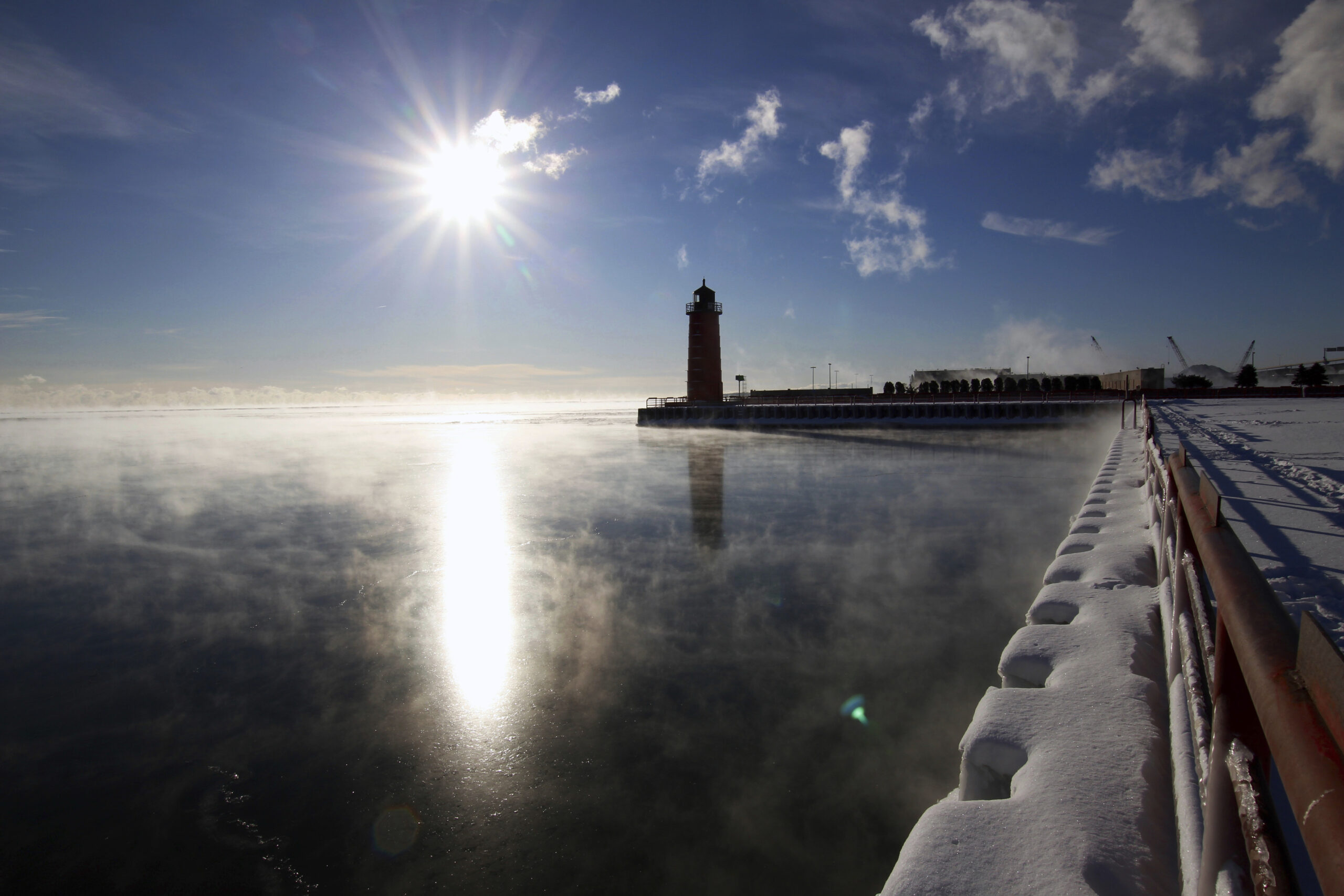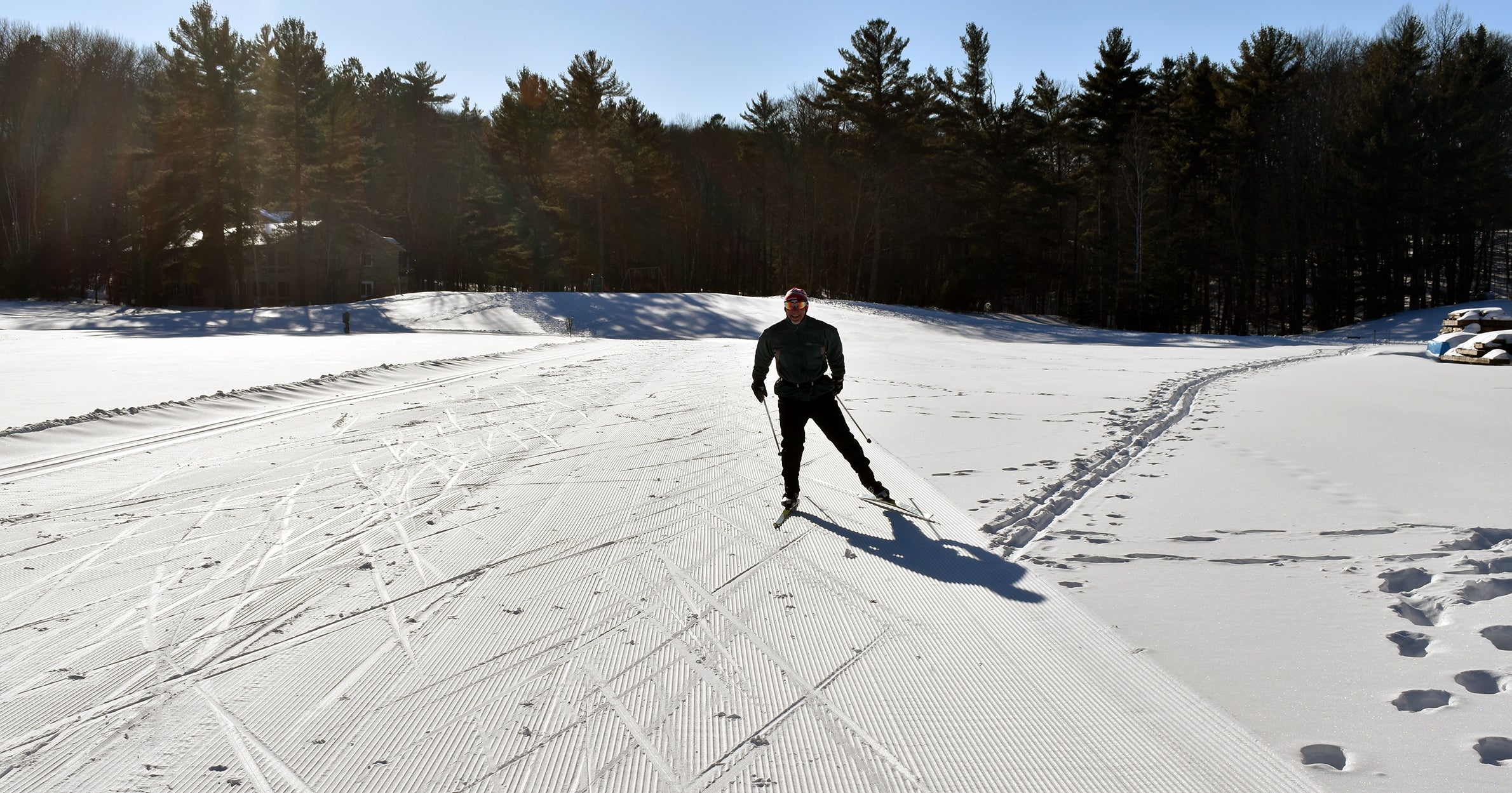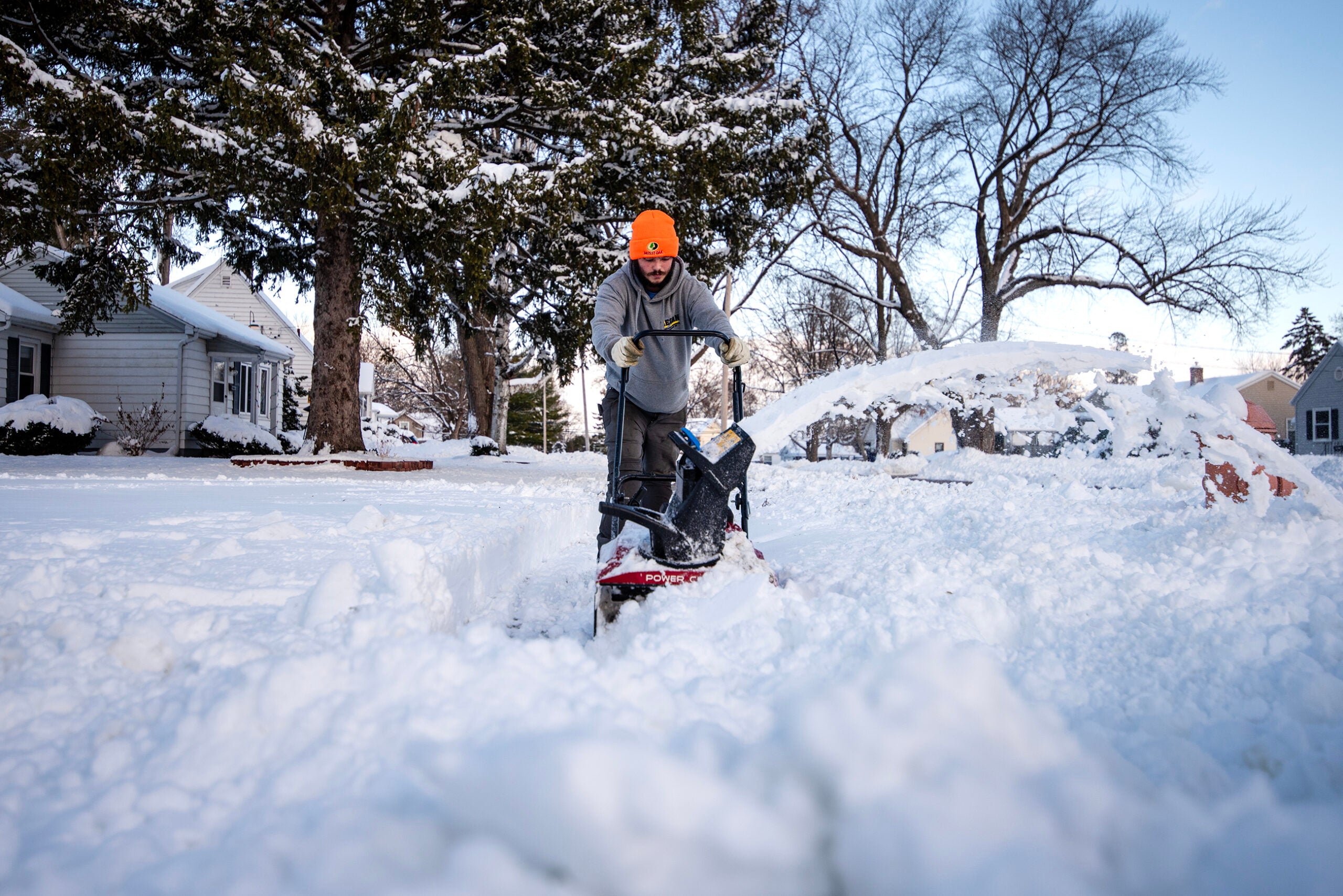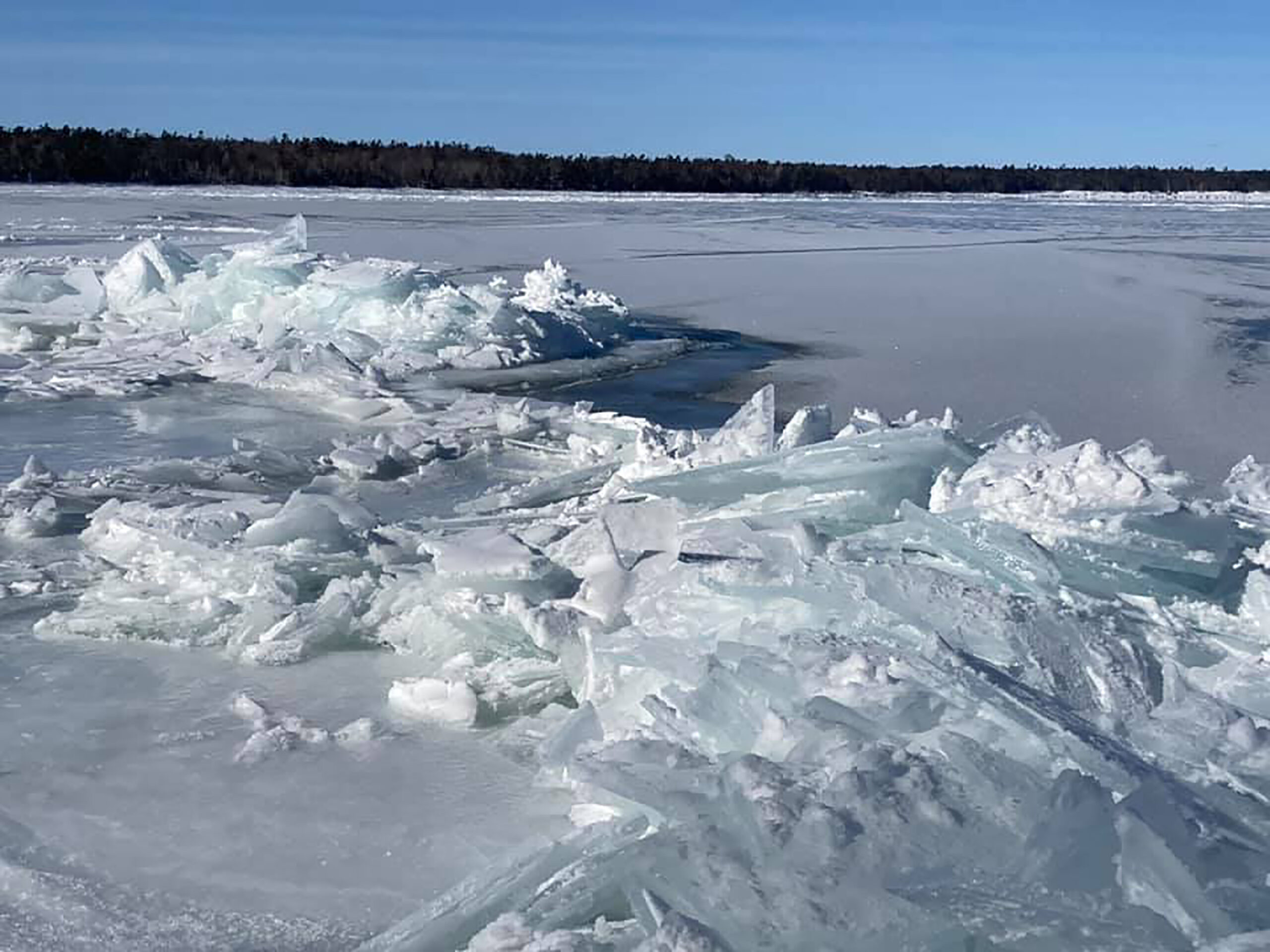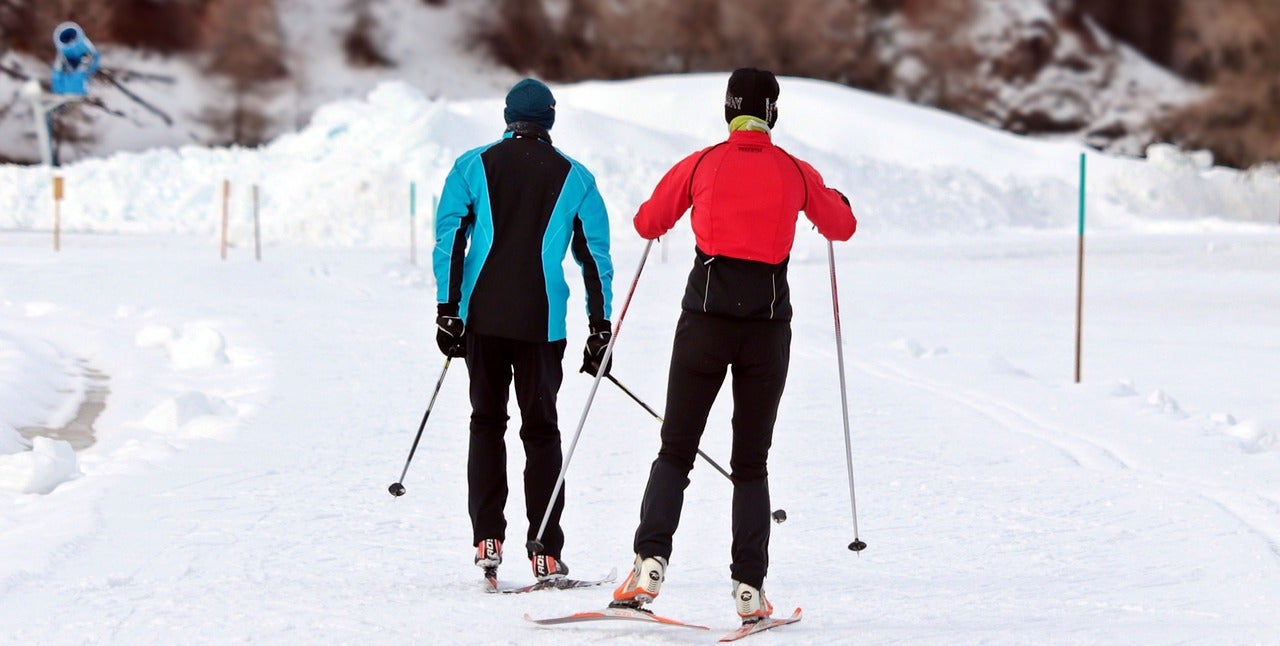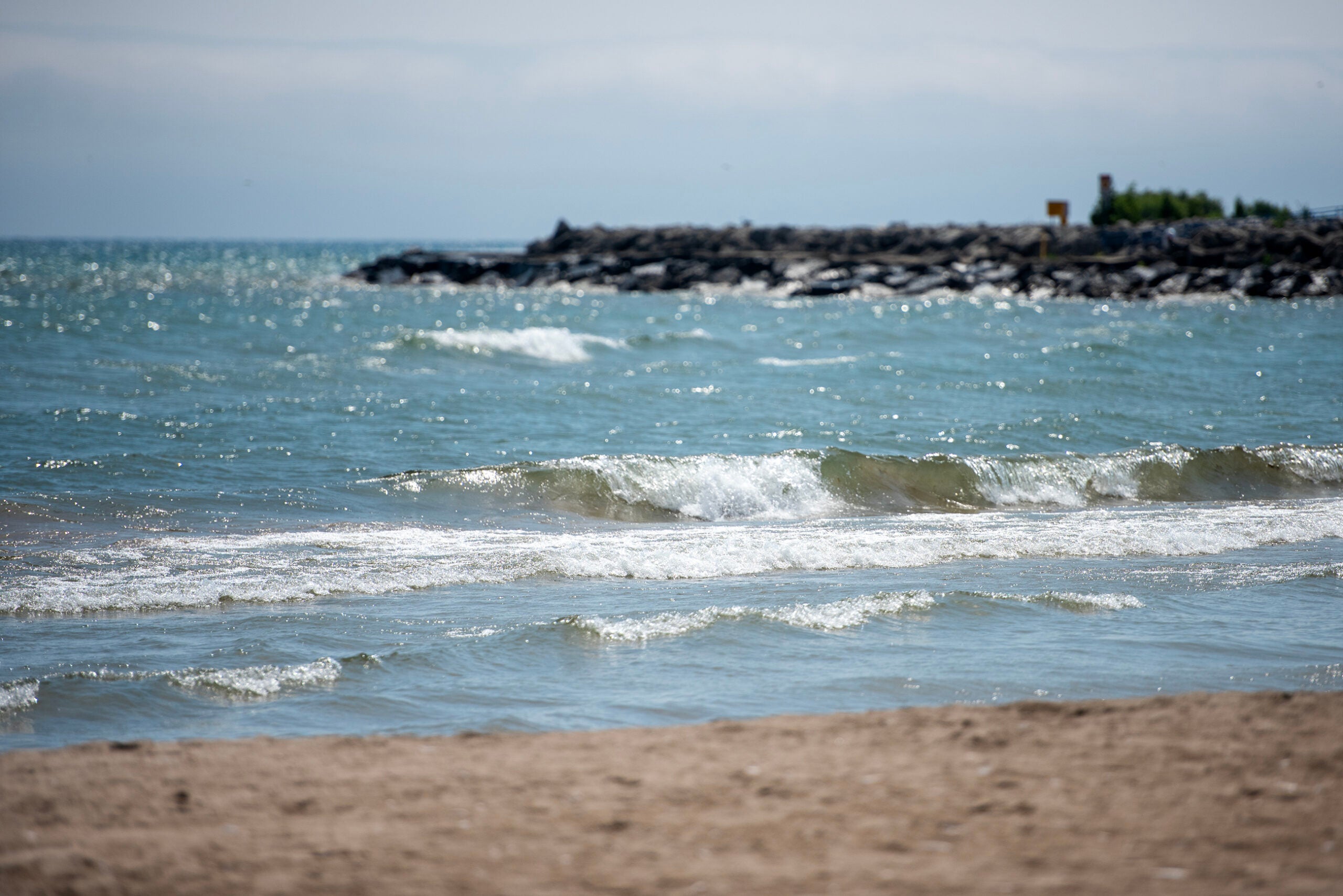Wisconsin is on track to have its warmest winter ever recorded, with January temperatures 8.5 degrees warmer than average.
December was the warmest ever recorded in Wisconsin. February has been 19 degrees warmer than usual so far. The state also saw its first recorded February tornado last week.
But experts told WPR we won’t know the full extent of the season’s economic and ecological impact for several more weeks.
News with a little more humanity
WPR’s “Wisconsin Today” newsletter keeps you connected to the state you love without feeling overwhelmed. No paywall. No agenda. No corporate filter.
The National Oceanic and Atmospheric Administration reported Wisconsin’s January temperatures were the second highest anomaly of any state, behind only Minnesota.
That’s in part because of El Niño, which develops when sea surface temperatures are warmer than average for several months. As a result, there tends to be less snow.
Steve Vavrus is the state’s climatologist. He said the weather is already causing economic impact, especially on the tourism industry in northern Wisconsin.
“They depend on snow and ice for skiing and skating and ice fishing and so forth,” Vavrus said. “There’s been closed snowmobile trails. There’s been winter festivals that have been canceled, unsafe ice conditions for fishing and so on.”
It will take several more weeks to know the extent of ecological impacts, Vavrus said.
“One of the concerns of a warm winter is that plants bud and bloom prematurely, and then they get zapped when the weather turns back to cold. And that could well happen this year depending on what happens the rest of the next month or two,” he said.
Plants respond to the temperature, not the calendar.
In the spring of 2012, temperatures reached the 80s in Wisconsin, Vavrus said, and leaves and flowers started blooming. An April freeze then wiped out much of the crop of the state’s fruit industry.
“I’m holding my breath on whether we’re gonna see a false spring with its economic and ecological repercussions this year,” Vavrus said.
Mark D. Schwartz, a professor of geography at the University of Wisconsin-Milwaukee, agreed that the impact of the warmth should be known by mid-March or early April.
“If we continue to not have much snow on the ground, that is really probably the most important thing. Because that will mean that if we get another spurt of warm weather during that time, we can have an early growing season,” Schwartz said. “Whereas if we had a more typical snow pack, or a lot of snow, when you get to the beginning of April, then it’s almost impossible to have an early spring.”
Of course, Wisconsinites should not count out winter just yet.
“We’re still in the middle of winter and despite it being a mild winter, we still could have cold snaps,” meteorologist Sarah Marquardt said. “There’s still plenty of opportunities to get some snow.”
Wisconsin Public Radio, © Copyright 2025, Board of Regents of the University of Wisconsin System and Wisconsin Educational Communications Board.

